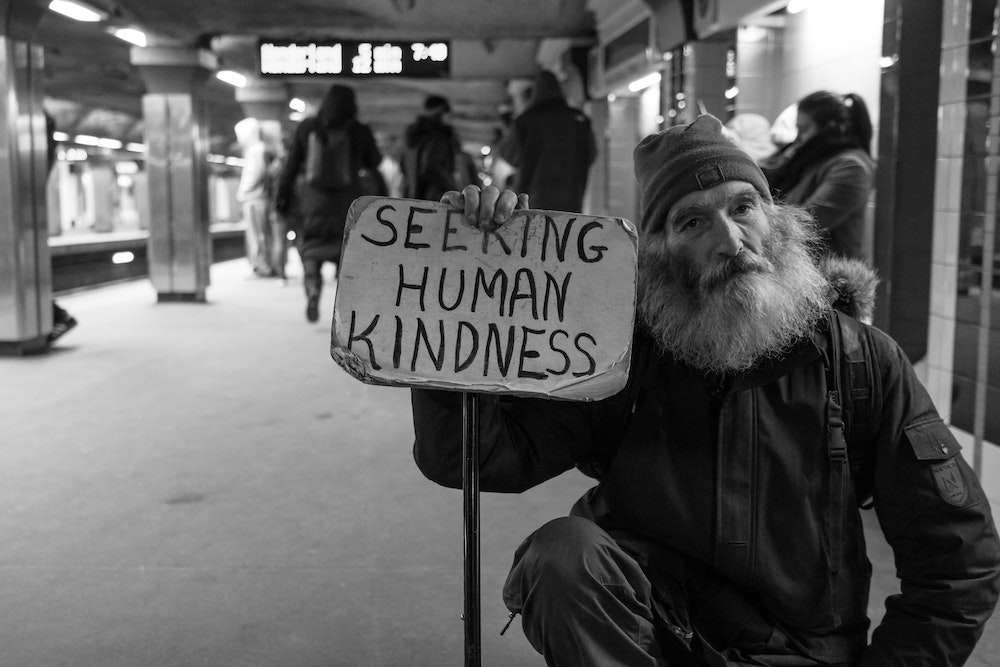Authors: Gemma Ashwell, David Blane, Carey Lunan and James Matheson, on behalf of the RCGP Health Inequalities Standing Group
The pandemic offers a ‘compassion window’ of societal, political and professional awareness…
Yet through this adversity, there is hope and opportunity; the pandemic offers a ‘compassion window’ of societal, political and professional awareness and willingness to act, and general practice has a key role to play in putting equity at the heart of our health system renewal.
Throughout the pandemic there has rightly been a focus on those who are most medically vulnerable to the effects of COVID-19. However, general practice has also been uniquely placed to support those who are most socially vulnerable; with some practices proactively contacting people at risk of social difficulties and specifically enquiring around issues such as food and financial security, domestic abuse and mental health, making onward links to support where appropriate. Guidance such as that published by the RCGP Health Inequalities Standing Group has structured and supported this work and there is the potential to expand this approach (if resourced) thereby bolstering general practice in its population health role.
It is vital, therefore, that we do not further disadvantage people who might struggle due to digital poverty.
Another change in response to the pandemic has been an increased sense of community in many places. General practice has always played a central role in the communities we serve, but at this time of crisis we have seen practices working more closely with local councils, community groups and third sector organisations (the remarkable achievement of supporting the majority of the UK’s rough sleepers into accommodation, with clinical input, during the pandemic is a case in point).7 Many of these third sector organisations are particularly vulnerable themselves, having been underfunded for years and now at risk with the economic downturn. There is a role for general practice in advocating not just for our patients, but also for our colleagues in these organisations.
In seizing the opportunities for change post COVID, we also need to consider the key role of general practice in developing a future workforce that will meet the needs of the population. It was clear before the pandemic that the workforce crisis in general practice disproportionately affects deprived areas due to challenges in both recruitment and retention,8 and it is important that this problem is recognised and addressed rather than being exacerbated by the pandemic. Bolstering the GP workforce in deprived areas requires an approach across the entire career pathway and a commitment from schools, universities and postgraduate education bodies.
It’s time for us to identify and reach out to our most vulnerable patients.
As we move from managing the crisis to a period of recovery and renewal, how can we shape what the new normal will look like for general practice? It’s time for us to identify and reach out to our most vulnerable patients. It’s time for us to ensure that new digital ways of working do not further disadvantage the disadvantaged. It’s time for us to support and advocate for our local community services as they are needed now more than ever. It’s time to put equity at the heart of our medical education and healthcare systems.
References
1. Office for National Statistics. Deaths involving COVID-19 by local area and socioeconomic deprivation: deaths occurring between 1 March and 17 April 2020. UK Government; 2020.
2. National Records of Scotland. Deaths involving COVID-19, Week 19. NRS; 2020.
3. The Health Foundation. Will COVID-19 be a watershed moment for health inequalities? 2020. https://www.health.org.uk/publications/long-reads/will-covid-19-be-a-watershed-moment-for-health-inequalities [accessed 2 June 2020]
4. Douglas M, Katikireddi S, Taulbut M, et al. Mitigating the wider health effects of the covid-19 pandemic response. BMJ 2020; 369:m1557. https://www.bmj.com/content/bmj/369/bmj.m1557.full.pdf
5. Kirby T. The Lancet Respiratory Medicine. Evidence mounts on the disproportionate effect of COVID-19 on ethnic minorities. https://www.thelancet.com/pdfs/journals/lanres/PIIS2213-2600(20)30228-9.pdf
6. Institute of Health Equity. Health equity in England: the Marmot review 10 years on. London; 2020. http://www.instituteofhealthequity.org/the-marmot-review-10-years-on. [accessed 2 June 2020]
7. Homeless Link. Treading new territory: getting “everyone in” during the Covid-19 crisis. 2020. http://www.homeless.org.uk/connect/blogs/2020/apr/14/treading-new-territory-getting-everyone-in-during-covid-19-crisis?mc_cid=8b62766324&mc_eid=862ae83826 [accessed 2 June 2020]
8. Gershlick B, Fisher R. A worrying cycle of pressure for GPs in deprived areas. Health Foundation. 2019. https://www.health.org.uk/news-and-comment/blogs/a-worrying-cycle-of-pressure-for-gps-in-deprived-areas. [accessed 2 June 2020]
9. Royal College of General Practitioners, Medical Schools Council. Destination GP. 2017. https://www.rcgp.org.uk/policy/rcgp-policy-areas/destination-gp.aspx
10. Blane DN. Medical education in (and for) areas of socio-economic deprivation in the UK. Education for Primary Care 2018; 29(5): 255-258.
https://www.tandfonline.com/doi/pdf/10.1080/14739879.2018.1512056
Featured photo by Matt Collamer on Unsplash






